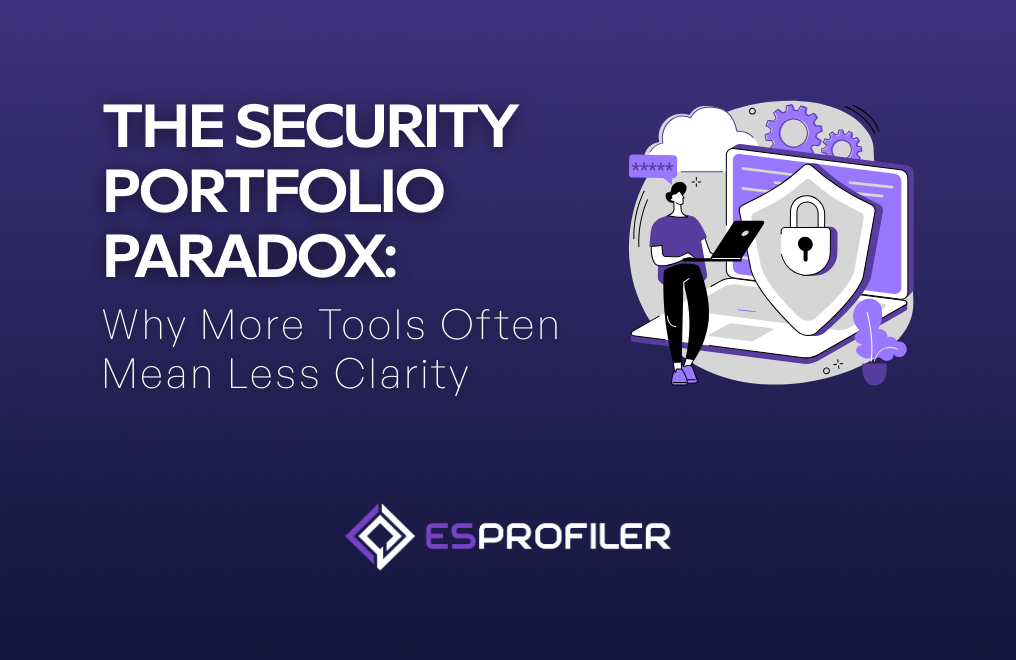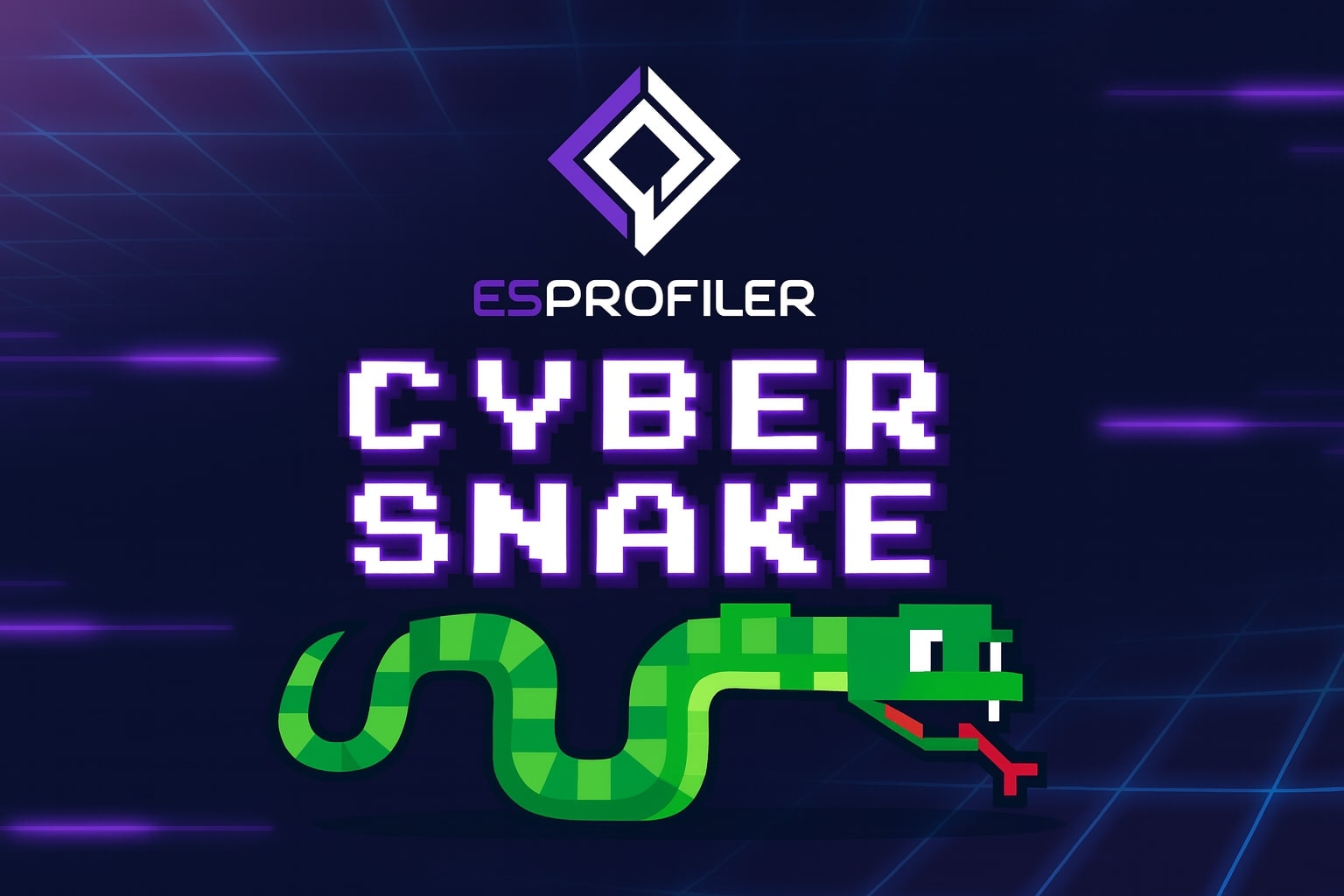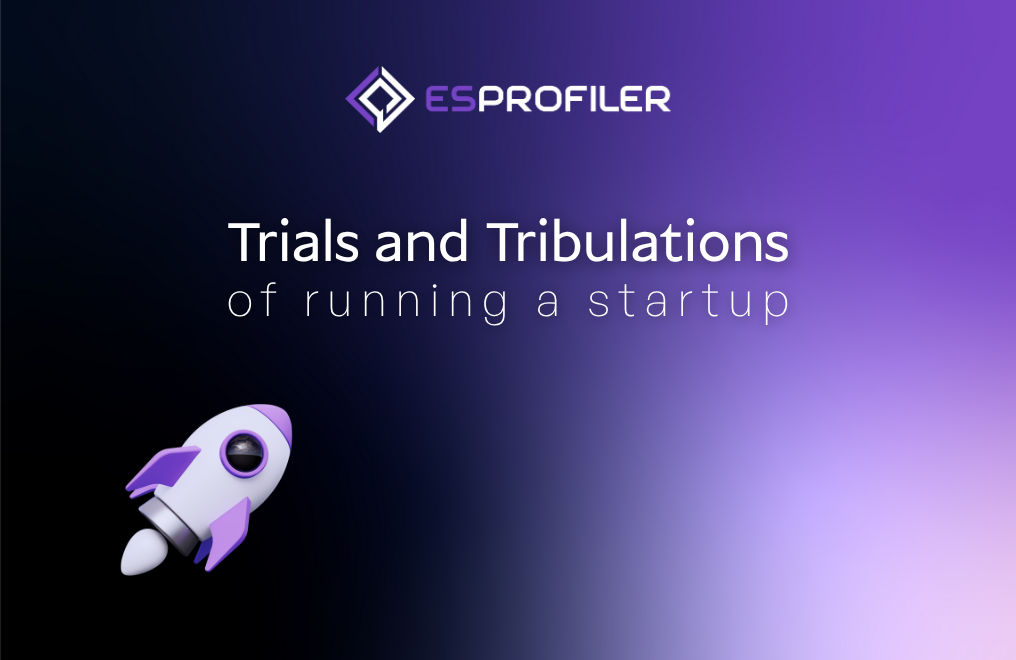Introducing Agent Tasks
Agents that dramatically reduce the dog work in tasks like security consolidation

If you’ve ever tried to tackle security consolidation, you’ll know it’s rarely about the technology first, it’s about trying to make sense of what you already have.
You might be chasing cost savings or preparing for a major enterprise license agreement, yet find yourself staring at outdated asset data and an incomplete picture of your organization’s security landscape and capability. Once you are over that hurdle, then you are into all the work of understanding what it all does and your organizations requirements.
Sound familiar? This post and video is for you.
The Hidden Challenge Behind Security Consolidation
In my work helping global enterprises consolidate their security tooling, I’ve seen the same problem time and again: before implementation even begins, teams on both sides of the fence spend months simply trying to understand what already exists.
Even when asset databases are diligently maintained, they’re often stale, inconsistent, and full of duplicates. Products get acquired, renamed, or merged so frequently that tracing their lineage becomes detective work, and that’s assuming they were ever recorded in the first place.
The challenge deepens as security capabilities increasingly blur into other domains. Code repositories now come with built-in security scanning, and productivity platforms ship with native protection features. As a result, a significant portion of an organization’s security capability may no longer even come from the “security budget.” To get a true picture, you need visibility across the entire enterprise, not just the traditional security stack.
And while it’s tempting to categorize tools using established frameworks, taxonomies, or compliance tags, and use this as the base we’ve learned that approach doesn’t scale across the full spectrum of cybersecurity. Security is about capabilities, not classifications. That distinction matters, especially when assessing technologies that cut across categories. Take the enterprise browser, for example: it can overlap with DLP, proxy, and SASE solutions, and in the right context, could even replace several of them entirely.
Enter Portfolio Agent Tasks
That’s why we’ve been quietly building something new, part of our ongoing ESPROFILER intelligence and agentic work, designed to take the heavy lifting out of security consolidation, overlap analysis, product comparison, and displacement modelling.
We’re excited to introduce agent tasks, which work hand in hand with our discovery agent to handle much of the initial groundwork these activities typically demand.
Together, they form a system purpose-built to help organizations understand, clean up, and rationalize their security tooling portfolios, quickly, accurately, and intelligently.
How It Works
We deploy a dedicated, enterprise-grade tenant for your organization, ensuring your data remains fully isolated, encrypted, and secure.
From there, our discovery agent ingests your existing data sources, including purchase requests, which provide a deep, organization-wide view, and asset catalogues. Both can start with something as simple as an anoymized Excel export, before progressing to API integration for continuous synchronization.
The agent automatically builds a live inventory of your security tools, capturing key details such as costs, license dates, and buying justifications.
This data is then synchronized with our live capability exchange catalog, which intelligently cleans up stale, duplicate, or inconsistent records to create a single, accurate source of truth.
For example, the system recognizes that Bluecoat Proxy is now Broadcom Symantec Edge Secure Web Gateway and aligns the data automatically. Our capability exchange IDs and APIs can even push updates back into your own asset systems to keep everything synchronized.
The agent also understands free-text purchase and evaluation notes, identifying which tools were actually selected versus those only considered, a particularly valuable capability during deep discovery from purchase requests.
The result: your records reflect reality, not noise, giving you a clear, organization-wide view of your security landscape.
And with the depth of data we actively track on products, including features, use cases, capabilities, and framework alignment, this process becomes incredibly valuable in itself. Across our customers, it has already helped uncover shadow capabilities and hidden spend that security teams didn’t even know existed.
From Data to Decisions

Once your live catalog is built, you can instruct an agent to carry out a wide range of objectives, such as:
- Identifying overlaps and redundancies
- Modeling strategic replacements or platform consolidation plays
- Aligning decisions to contract timelines and cost-saving opportunities
The system doesn’t just present data, it builds a tailored decision timeline that reflects your organization’s unique context, including commercial constraints and buying justifications.

The Bigger Picture
This is only the beginning. We’re continuously evolving this capability, refining how organizational context shapes recommendations and how agents collaborate across domains to deliver deeper insights.
For anyone involved in security architecture, procurement, or enterprise consolidation, this marks a step toward automation that truly understands your environment, and gives you time back to focus on strategy, not spreadsheets.
Reach out to the team or me directly to learn more. Thanks for reading.
Louis








.png)






